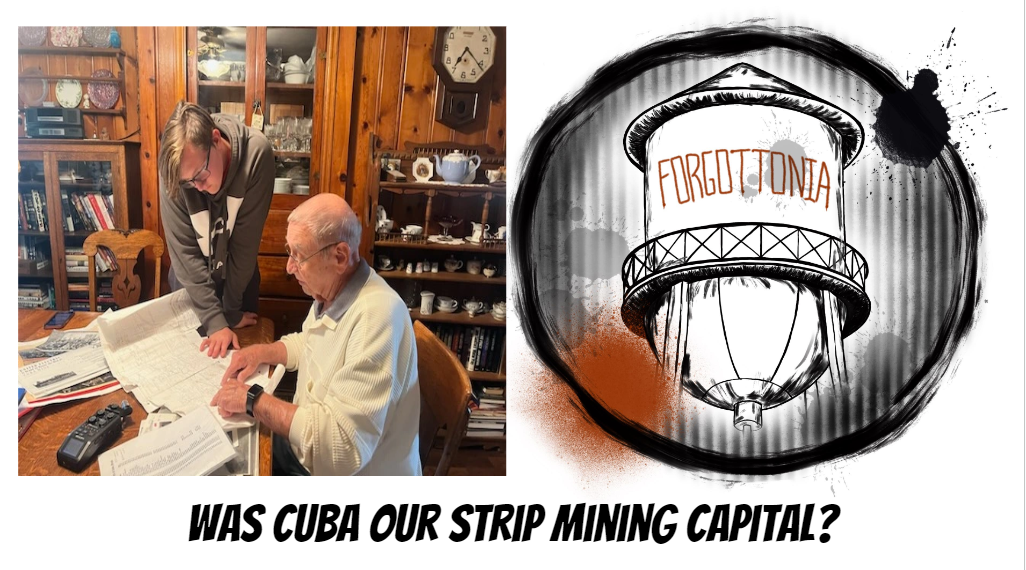“Mining played a really big part in our town. At one time our population was 2,500, but now it’s down to 1,200. This population is the biggest legacy of mining. Most people we know who live in our community have ancestors who worked in the mine.”
Dick Mowery, local mining enthusiast and former CHS educator
ON THIS EPISODE
As part of our Oral History in Forgottonia series, Cuba High School student Braxton Humphrey continues his exploration of local mining in the western Illinois Region (you can listen to Braxton’s previous episode on mining by visiting this link). This time Braxton was overjoyed to speak with Mr. Dick Mowery, the heartbeat of our local mining history and a cherished figure in our community. For decades, Dick has been a passionate mining enthusiast, dedicating his time to preserving and sharing the rich industrial heritage of tunnel and strip-mining in our region. As the go-to person for all things mining in our town, he has delivered captivating presentations and curated exhibits that give live to the stories of our mining past.
Mr. Mowery was kind enough to host this interview in his home, a historical gem itself that serves as a living museum. Nestled in one of the oldest farm homes in our community, it houses a treasure trove of artifacts, newspapers, and documents that chronicle mining in our region. Mr. Mowery was a long-time educator and coach at Cuba High School teaching various courses like P.E., driver’s ed, Current Events and Illinois History–where he was especially known for delivering engaging presentation that instilled a sense of pride in students about their local roots and the importance of preserving our industrial legacy.
Through these interactions, Dick continues to pass on the torch, charging young minds like Braxton with the responsibility of safeguarding our mining history for future generations.

Mr. Mowery showing Braxton an old coal miners helmet
Essential & Supporting Questions
- Was Cuba really the strip-mining capital of the world? What evidence is there to support these claims?
- What is the difference between shaft mining (aka tunnel mining) and strip-mining? Did our community feature both?
- What mining companies operated in our region and why are they so difficult to track?
- How dangerous was it to work as a miner in our region?
- What is the legacy of mining and why should young people in this region care?
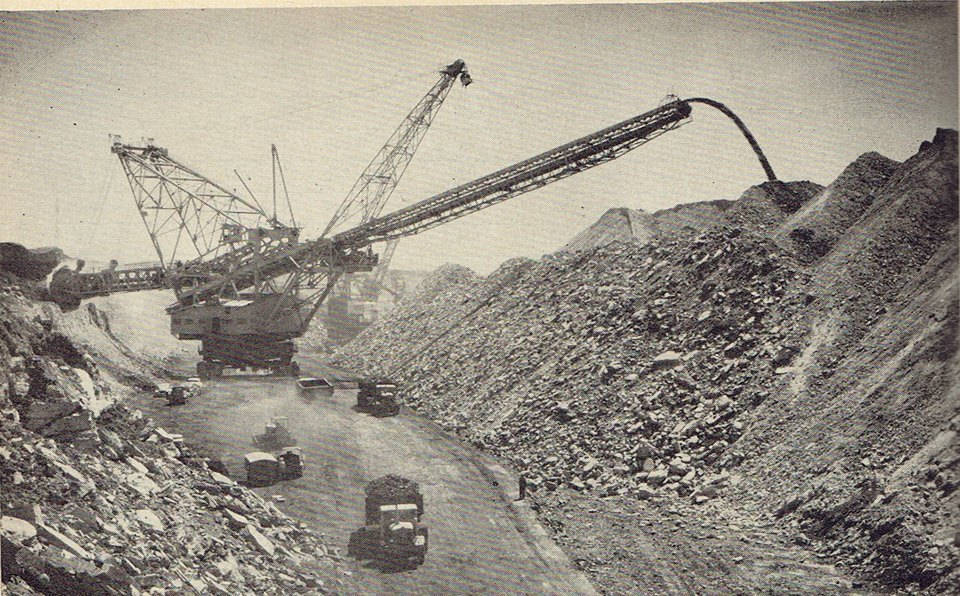
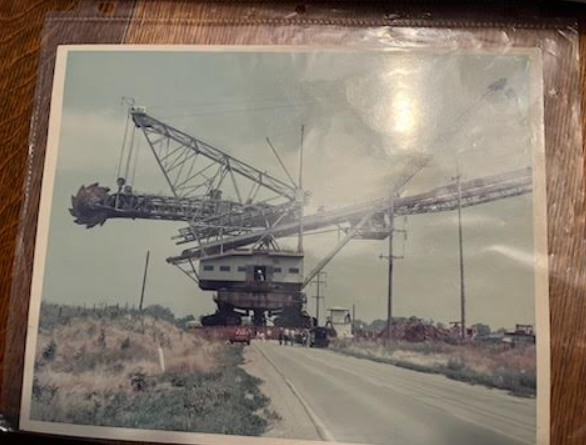
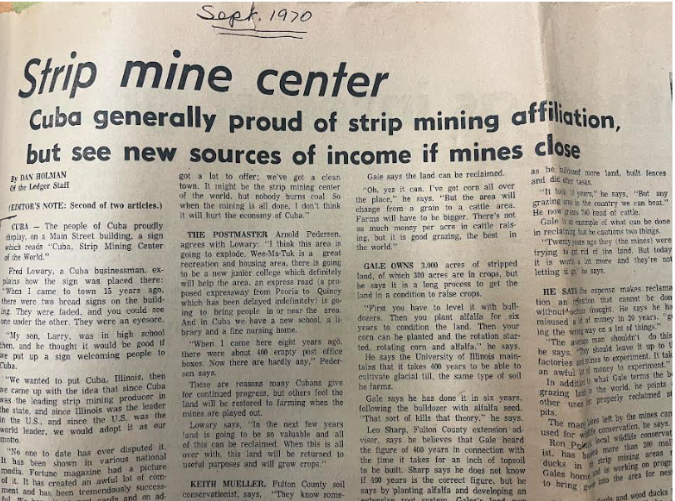

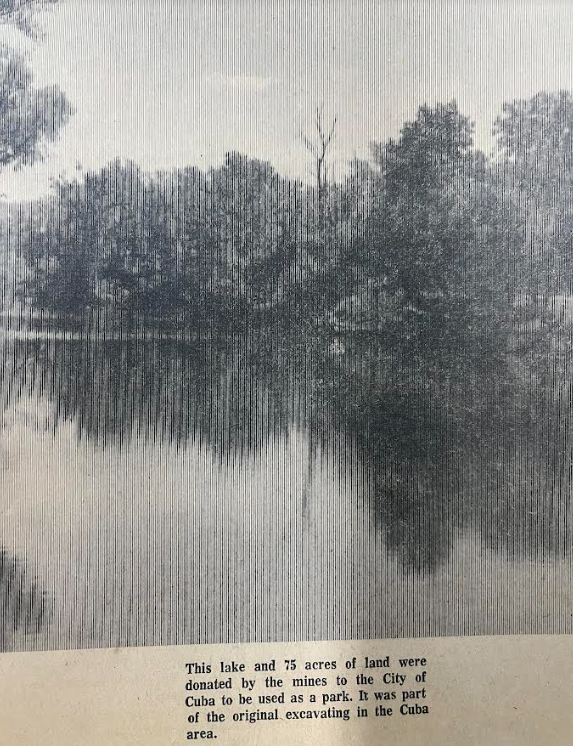
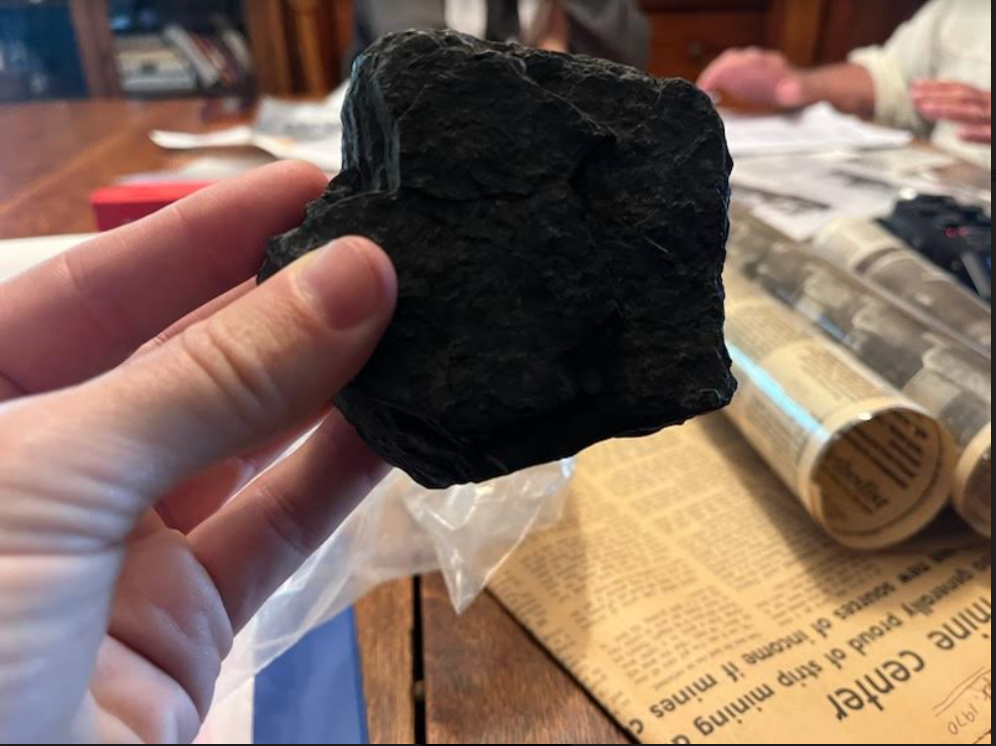

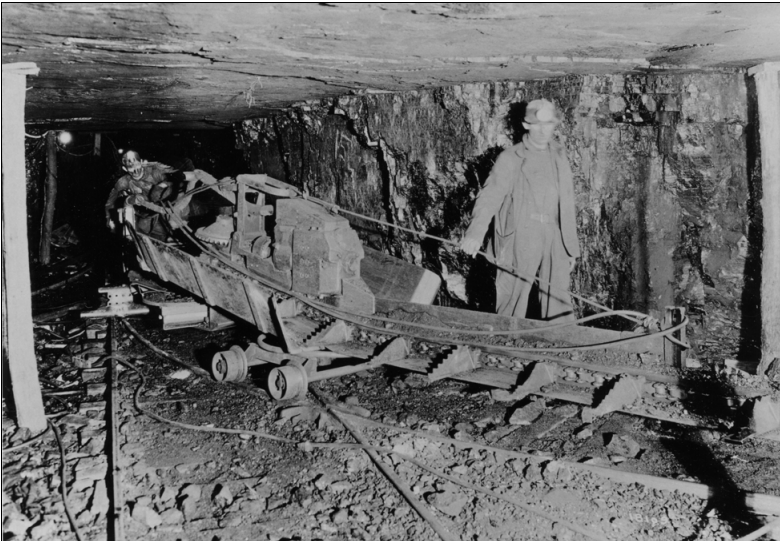


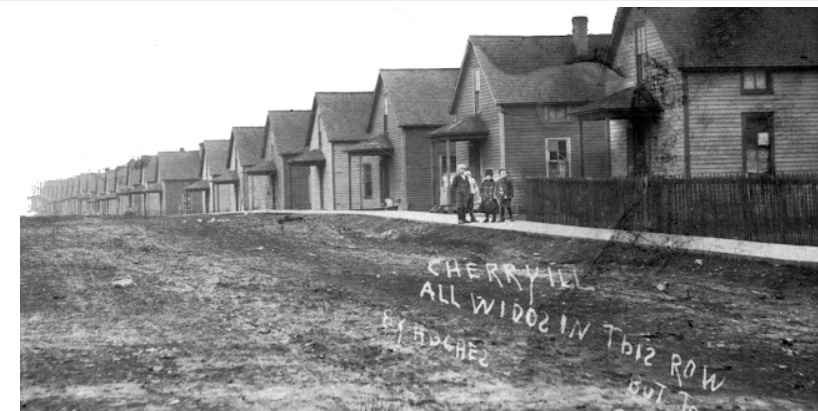
Braxton Humphrey BIO
Braxton is a senior at Cuba High School and the son of Justin & Rendy Kass, and Sarah Humphrey. Braxton is involved with history club, football, basketball, baseball, and e-sports. He enjoys Texas Roadhouse and rooting for the Green Bay Packers and St. Louis Cardinals. After high school, Braxton is thinking about becoming a mechanic.
ABOUT THE PROJECT
Our ORAL HISTORY of FORGOTTONIA series is part of the NCHE Rural Experience in America grant in partnership with the Western IL Museum, and the Western IL University Archives. In 2021, the National Council for History Education (NCHE) recruited teachers nationwide to participate in free and open professional development that occurred asynchronously and synchronously online, focusing on rural history and historical inquiry using Library of Congress sources. Teachers traveled to Norman, Oklahoma to collaborate with a community partner selected from their hometown to create a public history project.
These community-based, service-learning public history projects enable students to investigate their local and regional histories deeply and to connect their own histories to the larger human experience. A key purpose of this project is to link rural communities and their histories to national narratives and primary source collections, and the targeted focus of this proposal provides an avenue for such purposeful connections.
Our project, The Oral History of Forgottonia, is one of several throughout the country featured by the NCHE. To learn about other projects featured by this grant, check out this list and visit the links at the bottom of this post.
SOURCES
- Oral History of Forgottonia – Mining in Western Illinois: Braxton Humphrey’s Interview with David Lidwell
- More information on the Kolbe Excavators that were common features of industrial strip-mining regions like Cuba
- The Cherry Mine Disaster of 1909 – The Digital Research Library of Illinois History Journal
- Historical Maps Featuring territories that Mining Companies operated in throughout Fulton County, IL
- More information and images related to early mining in Fulton County, IL such as the Applegate & Lewis West Mine Company from 1901 and the massive territory of the United Electric Coal Mining Co.

